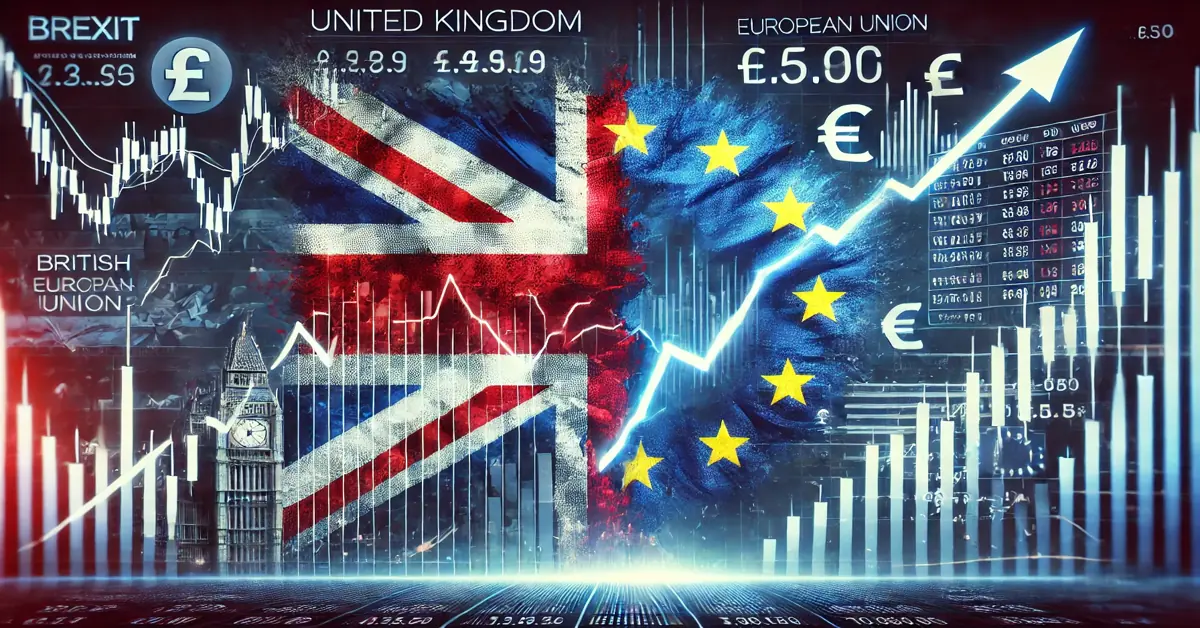Introduction
Brexit, the term used to describe the United Kingdom’s (UK) departure from the European Union (EU), represents one of the most significant geopolitical shifts of the 21st century. For currency markets, this transition has had profound effects, shaping exchange rates and influencing global economic stability. This article explores the intricate ways Brexit has impacted currency markets, from immediate reactions to long-term trends, and provides insights into how investors have adapted to these changes. For more detailed guidance on navigating market complexities, click here to explore expert insights and resources.
The Prelude to Brexit: Key Events and Market Reactions
The Brexit referendum, held on June 23, 2016, was a landmark event that set the stage for substantial currency market volatility. The unexpected outcome—where 52% of voters favored leaving the EU—triggered an immediate and dramatic drop in the British Pound (GBP). The pound plummeted by over 10% against the US Dollar (USD) within hours of the results being announced. This sharp decline reflected both the uncertainty surrounding the UK’s future economic relationships and investor anxiety about potential economic instability.
In the months leading up to Brexit, currency markets were already experiencing fluctuations due to heightened political risks and speculation. The anticipation of a Leave vote caused significant GBP volatility, as traders adjusted their positions in response to shifting probabilities.
Short-Term Effects on Major Currencies
In the immediate aftermath of Brexit, the GBP experienced severe devaluation. The currency’s sharp decline was attributed to fears about economic contraction, trade disruptions, and financial instability. The GBP’s drop against the USD and EUR was one of the largest single-day declines in recent history.
Conversely, the Euro (EUR) saw mixed reactions. While the EUR initially strengthened as investors sought safe-haven assets, concerns about the economic impact on the Eurozone soon became apparent. The EU faced challenges related to potential trade disruptions and economic slowdowns, influencing the EUR’s performance.
The USD, as a global reserve currency, exhibited relative stability but was not immune to market shifts. The USD benefited from its safe-haven status, experiencing fluctuations based on changes in global risk sentiment and monetary policy adjustments.
The Role of Political Uncertainty and Negotiations
Political uncertainty has been a critical factor driving currency market volatility post-Brexit. The prolonged negotiation period between the UK and the EU, characterized by shifting positions and uncertain outcomes, contributed to ongoing currency fluctuations. Key events, such as the failure of initial negotiation rounds and changes in political leadership, influenced investor confidence and market stability.
The UK’s political landscape, including the resignation of Prime Minister David Cameron and the appointment of Theresa May, added further uncertainty. Each political development affected currency markets as traders reassessed the potential impacts of new leadership and policy directions on Brexit’s outcome.
Long-Term Currency Market Trends Post-Brexit
In the long term, the GBP’s performance has been characterized by periods of recovery and continued volatility. While the pound has gradually regained some value, it remains sensitive to Brexit-related news and economic data. Economic challenges, such as slower growth and trade disruptions, have continued to impact the GBP.
The Eurozone has also faced adjustments. Economic indicators such as GDP growth and inflation have influenced the EUR. The EU’s response to Brexit, including negotiating trade deals and addressing economic disruptions, has played a role in shaping the euro’s stability.
Brexit’s Influence on Global Currency Exchange Rates
Brexit has had ripple effects beyond the GBP and EUR, influencing global currency exchange rates. Emerging markets, in particular, have experienced shifts in capital flows and currency values as investors adjusted their portfolios in response to Brexit-related uncertainties.
For instance, currencies of countries with strong trade ties to the UK or the EU, such as Canada and Australia, have seen fluctuations based on changes in trade dynamics and global risk sentiment. These currencies often reflect broader trends influenced by Brexit and its economic implications.
Investor Strategies in a Post-Brexit World
In response to Brexit, investors have employed various strategies to navigate the currency market’s volatility. Diversification has become a common approach, with investors spreading their portfolios across different currencies and assets to mitigate risk.
Currency trading strategies, such as hedging and speculation, have also been utilized. Hedging strategies aim to protect against adverse currency movements, while speculative trades seek to capitalize on market fluctuations. Investors have also closely monitored economic indicators and policy changes to adjust their strategies accordingly.
Future Outlook: What to Expect Moving Forward
Looking ahead, the future of currency markets in the context of Brexit remains uncertain. Key factors to watch include the UK’s economic performance, ongoing trade negotiations, and potential policy changes. The GBP’s trajectory will likely continue to be influenced by these variables.
The EUR’s stability will also depend on the Eurozone’s ability to navigate economic challenges and adapt to post-Brexit realities. Investors should remain vigilant to evolving market conditions and be prepared to adjust their strategies based on new developments.
Conclusion
Brexit has left a lasting impact on currency markets, shaping exchange rates and influencing global economic stability. From the immediate post-referendum shock to the ongoing adjustments, the effects of Brexit are profound and multifaceted. Understanding these impacts helps investors and policymakers navigate the evolving landscape of global finance.









